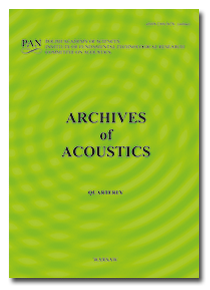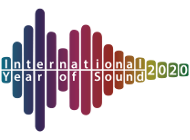Archives of Acoustics,
34, 4, pp. 407-414, 2009
Nonconscious Control of Voice Intensity During Vocalization
There are two separate visual systems in the human brain.
Evidence from studies on both the humans and other primates has shown that there
is a distinction between vision for perception and vision for action, which is
reflected in the organization of the visual pathways in the cerebral cortex of
primates. In recent years, researchers have attempted to find a similar
dissociation between action and perception in human audition. The hypothesis
tested in this paper is that the voice intensity is tracked and controlled by an
auditory motor system. The results of this control are used for nonconciously
correct the vocal production. To observe the dissociation between perception and
motor control, a subliminal experimental situation was created, in which values
below the perceptual threshold (values which were not processed through normal
channels or apparatus of perception) were used. The hypothesis was that a
subliminal modification of an auditory voice feedback would cause an appropriate
correction as a response, even if this change was not actually perceived.
Assuming that the auditory system functions in the same way as the visual one
and processes the information vital for motor reactions in real time, a reaction
that would compensate such a modification should be expected.
Evidence from studies on both the humans and other primates has shown that there
is a distinction between vision for perception and vision for action, which is
reflected in the organization of the visual pathways in the cerebral cortex of
primates. In recent years, researchers have attempted to find a similar
dissociation between action and perception in human audition. The hypothesis
tested in this paper is that the voice intensity is tracked and controlled by an
auditory motor system. The results of this control are used for nonconciously
correct the vocal production. To observe the dissociation between perception and
motor control, a subliminal experimental situation was created, in which values
below the perceptual threshold (values which were not processed through normal
channels or apparatus of perception) were used. The hypothesis was that a
subliminal modification of an auditory voice feedback would cause an appropriate
correction as a response, even if this change was not actually perceived.
Assuming that the auditory system functions in the same way as the visual one
and processes the information vital for motor reactions in real time, a reaction
that would compensate such a modification should be expected.
Keywords:
vocalization control; vowels; speech;auditory feedback
Full Text:
PDF
Copyright © Polish Academy of Sciences & Institute of Fundamental Technological Research (IPPT PAN).





